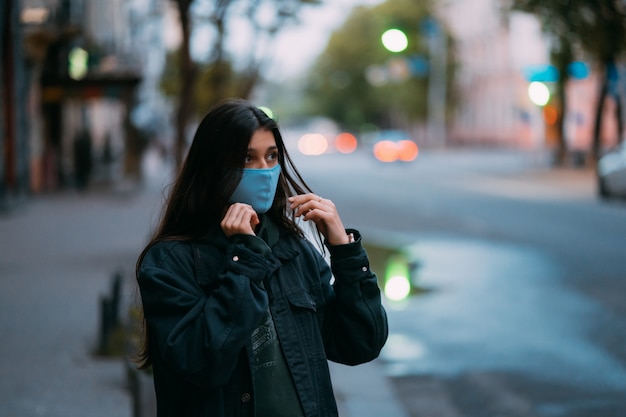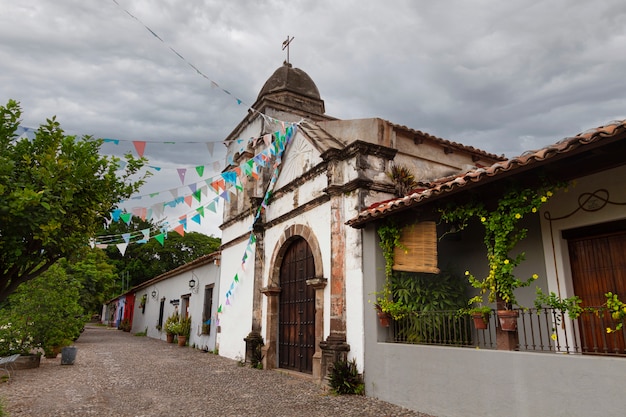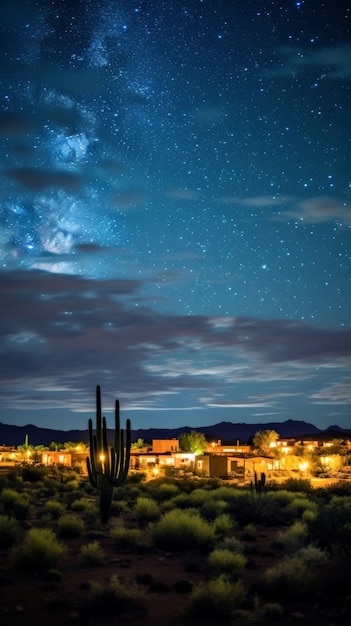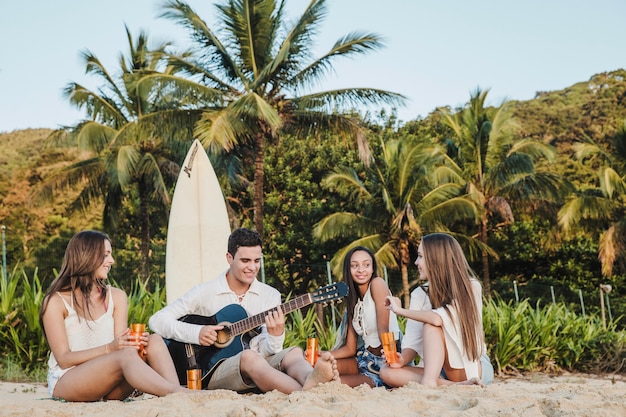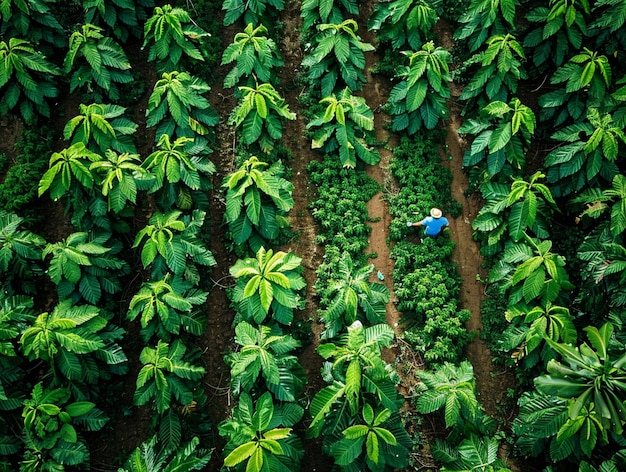
We left behind the colorful colonial buildings and flat landscapes of the Yucatan area and headed to the mountainous, rugged Chiapas, the southernmost state in Mexico. Even though we were still backpacking through Mexico, Chiapas felt like a completely different world. This state is home to 12 federally recognized ethnic groups, one of the largest indigenous populations in Mexico, and the highest poverty rates in the country.
This segment of our journey was a bit tricky and involved a lot of backtracking to ensure our safety. The simplest route would have been an overnight bus from Merida straight to San Cristobal de las Casas. However, nighttime robberies and bandit incidents on the highway stretch between Palenque and San Cristobal made us reconsider. A friend of Denis, the owner of Casa Hamaca Guesthouse, was once held at gunpoint and robbed on that route, which definitely didn’t sound like something we wanted to experience. So, we decided to break up the trip, traveling by bus during the day and stopping overnight in Palenque.
Contrary to our guidebook’s description of Palenque as a “sweaty, humdrum place without much appeal,” we found it quite enjoyable. Though the main road was a bit dusty and dull, we discovered a delightful tree-lined street with shade, funky bars, and restaurants, oddly named the Canada area. The city was decent for a quick stay, but our main goal was to visit the famous ruins in the nearby jungle.
We hopped on a shared minibus, paying 10 pesos each, and made our way to the ruins, enjoying the beautiful scenery along the route. The Mayan Ruins of Palenque, dating back from 226 B.C. to A.D. 799, were eventually overtaken by jungle after the city’s decline. By 2005, the known area of this site was 2.5 km², although it’s believed that over 1,000 buildings remain undiscovered.
Upon stepping off the bus, the intense, thick jungle humidity hit us. Our clothes clung to our sweaty bodies, and our sunglasses kept sliding down our noses. Wandering through the dense jungle to explore the abandoned ruins only added to the adventure. Sometimes, it was just the two of us on a stone staircase, listening to the Howler Monkeys and other wildlife in the treetops.
The temples and structures at Palenque were fascinating, with unique elements that set them apart from other Mayan sites. The Temple of Inscriptions holds the second-longest hieroglyphic text of the Mayan World. In 1952, the tomb of the famous ruler Pacal The Great was discovered here. This discovery was significant for archaeologists because it was the first time a Mayan building was found to serve both religious and funerary purposes.
We leisurely explored the site, imagining life thousands of years ago. After soaking in the views from the Temple Of The Cross, we decided to head back to Palenque town. Instead of retracing our steps, we followed a different path that led us to a beautiful 2-tiered waterfall. Continuing on, we discovered yet another cascading fall—a perfect end to our day of sightseeing.
During our first trip through Southeast Asia and India, we weren’t as interested in architecture and history as we are now. As our travel style evolves, we’re discovering a real passion for learning about the past and exploring historical sites like these. This was the last Mayan ruin site we visited on this Mexico trip, marking it our seventh. One day, we hope to visit some of the larger sites in Central America, which I’m sure will be equally impressive.
